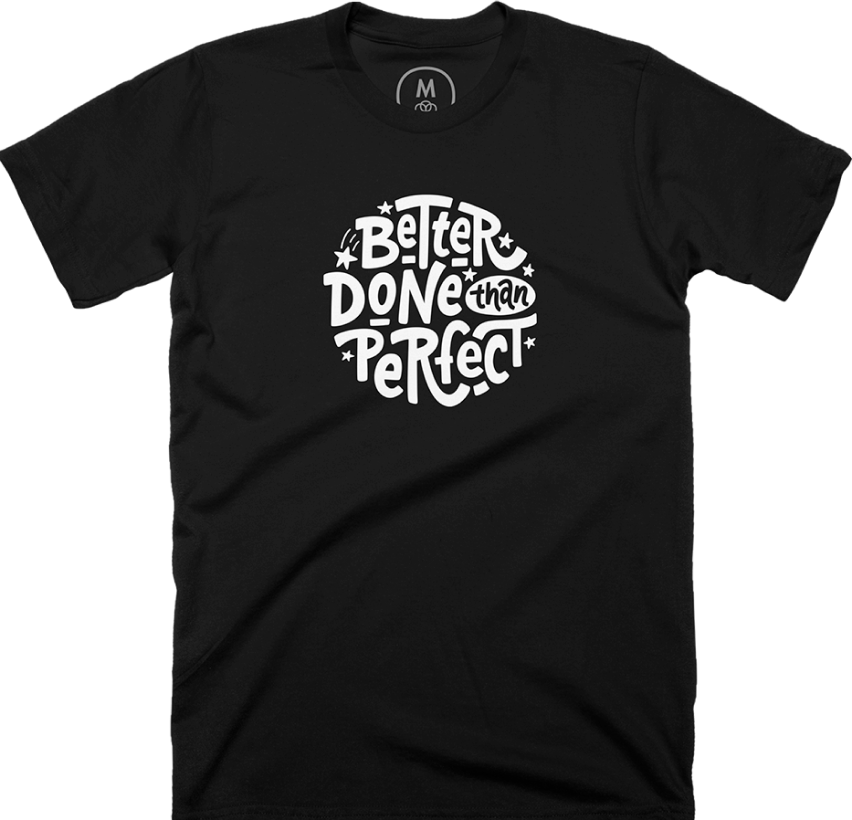Jason Resnick is a self-described “recovering web developer.” Early in his web development career, he took an interest in ecommerce, human behavior online, and making that experience better. Email was a key part of this experience, and Jason started using Drip for email automation. He founded NurtureKit to work as an email automation and marketing consultant. He helps others grow their businesses by providing a better email experience for their users — using the same email platforms he grew familiar with: Drip, ConvertKit, and ActiveCampaign.
Jason’s customers have thousands of subscribers in their email lists and are sending regular broadcasts. For some, he crafts one-time campaigns. For others, he helps out on an ongoing basis with a long-term strategy, automation implementation, and email optimization.
An email marketing list vs. customer email
Before Jane and Jason go deep into the details of segmentation and lead scoring, Jane makes the distinction early on that the focus will be on nurturing the leads that fall under an email marketing list. This means leads who haven’t signed up yet. Typical customer email post-signup is separate though sometimes similar, especially in SaaS. They overlap in the sense that continuing to nurture and “sell” to your active users in customer email may further demonstrate the value and reduce churn:
“Even if you have a customer, you still need to market to them, especially in the SaaS world. There are plenty of monthly subscriptions where I might not use it for a month or two. ‘I totally forgot that I had that, let me go cancel.’ You want to re-engage your customers that are already paying you. You have to prove that value to them time and time again. While we’re talking more about maybe the front-end subscriber, non-customer I still think it’s very important to market to your existing customers. Not only to keep them but maybe upsell them along the way.”
Segmentation and lead scoring — which comes first?
Jane poses this as a “chicken-and-egg” situation as to whether segmentation defines lead scoring or vice versa. Jason likes to define segments first to get an initial understanding. The segments can be basic — a “lead”, a “qualified lead”, and a “hot lead”:
“What indicators make that lead fall into each of those segments? A qualified lead may mean that somebody has a budget on something. That doesn’t mean that they’re a hot lead, they are just qualified. A hot lead could be somebody that has engaged with your list over the past. Maybe you’re sending daily emails and they’re clicking and opening everything and they also checked out a few key pages on your website too. They become a hot lead.”
After defining these segments, you can start to build a matrix or lead scoring system attached to the actions someone would take to fall into one of these segments. Examples include putting an item in their cart, reading a blog post, or listening to a podcast. Segments are unlike static groups of people because, given certain conditions that define them, people can flow in and out of segments as they match the segment criteria. The basic, “bulletproof” segments are “qualified leads” and “hot leads”. Additionally breaking out “newcomers” may be helpful:
“You want to figure out how much they know about you when they first come to you. How much do they know about themselves? You want to dig in a little deeper on that new person and gather up as much information as you possibly can to move them into the proper segment that they belong in. Or turn them away if the product isn’t for them.”
The purpose of segmentation is then to understand how to get these groups to the associated conversion points:
“You have to work backward. If you understand your customer, let’s figure out who that person is. Figure out all the steps that they took to become a customer. Same thing with segments. If that conversion point is to convert somebody from a trial to a customer, then what makes that happen?”
Lead scoring and automation
Once segments are established, automation can be implemented using lead scoring. Not every automation platform has lead scoring out-of-the-box, but it can be tracked as a score in a custom field if not.
For example, a score threshold can be set for when you determine that someone becomes a hot lead. Points are added to this score when users take specific actions along their journey and those point values are determined by how important those actions are to the overall conversion. Jason advocates for thinking about this in simple terms of your business to start and he reasons through an example:
“Take the tech out for a minute with the business. What are the conversion points that we want them to hit? From a lead scoring perspective, what are the actions that somebody takes to get to these? Is it clicking on a link? Is it attending a webinar? Is it getting to a specific point in the app? Do they connect Stripe to their app? If they connect the Stripe to that app, that’s a key point. It says they’ve moved up a level. It’s a matter of storing that data somewhere and having an automation on the back end. When that field changes, what’s the value of that field? If that value or that field goes above that threshold, then what do we trigger off the other automation?”
Calls-to-action for SaaS
Depending on the business need, there may be more than one call-to-action for a given segment, but Jason recommends keeping it simple and effective. It’s important that we understand what’s going on before we automate. It can get much more complex, but he finds most of his customers come to him before this point and need that simple, initial setup.
Marketing for SaaS is trickier than marketing for infoproducts — Jane describes the binary nature in SaaS of being a customer, or not. It’s harder to make intermediary steps in a journey when marching users toward a conversion. Jason suggests this as an opportunity to learn from a group of users that may be on your list but hesitant to convert:
“If you know the average time to purchase and somebody exceeds that, but they’re still hanging around, you want to embrace them and find out why they’re still here. Whether it’s ‘in’ or ‘out’ what sort of objections do you have? What questions do you have that I can help you with to make that decision?”
Combining segmentation and nurture sequences
Balancing nurture sequences with other broadcast marketing emails is difficult and Jason recommends a few tips to handle this. First, if your subscriber is coming off of a lead magnet, it’s best to provide a sequence of your best content relevant to that specific lead magnet as opposed to shuffling that new subscriber into a more generic weekly newsletter. You will better help them and potentially learn more about them to segment them further.
Second, Jason usually recommends allowing someone to follow through your nurture sequence uninterrupted when they join — meaning not to send the regular broadcasts as they go through the sequence. He does allow for the option to have them exit the sequence if needed:
“I always build into any automation that I make a short circuit. So we had a pandemic. There could be something that’s totally out of our control and that’s okay. Maybe these emails aren’t as timely then. Maybe they’re not as relevant now and they could be insensitive. So I always build these shortcuts that could short that sequence but then still be able to reinsert them to pick up where they left off.”
Using this Better Done Than Perfect podcast as an example, Jane wonders how Userlist could get this live content to new subscribers, even if they were mid-sequence. One clever way around that is to include more newsworthy content linked in the footer or P.S. of your emails, after the signature. Another is what Jason calls “live snippets”:
“We craft the content for the welcome sequences and the evergreen sequences in a way where there’s a spot in there where we can inject that live content… sort of like a variable inside of the content.”
Jason has some clients with incredibly long nurture sequences, up to 3 years of weekly content! In scenarios like these, the P.S. and snippet strategies are great for fitting in live content throughout the sequence.
Final advice
Do engage your list — ask them to reply, ask about their challenges, ask questions. Then answer them.
“It makes that other person feel like they didn’t reply into the void. If you can answer something within 24 or 48 hours, answer it.”
Don’t bludgeon people over the head with sales.
“With the end of the year coming we’re all going to get inundated with a whole lot of email — sales and promotions and all those sorts of things. Allow your list to unsubscribe from your promotion, but stay on your list.”
Thanks for listening! If you found the episode useful, please spread the word on Twitter mentioning @userlist, or leave us a review on iTunes.


